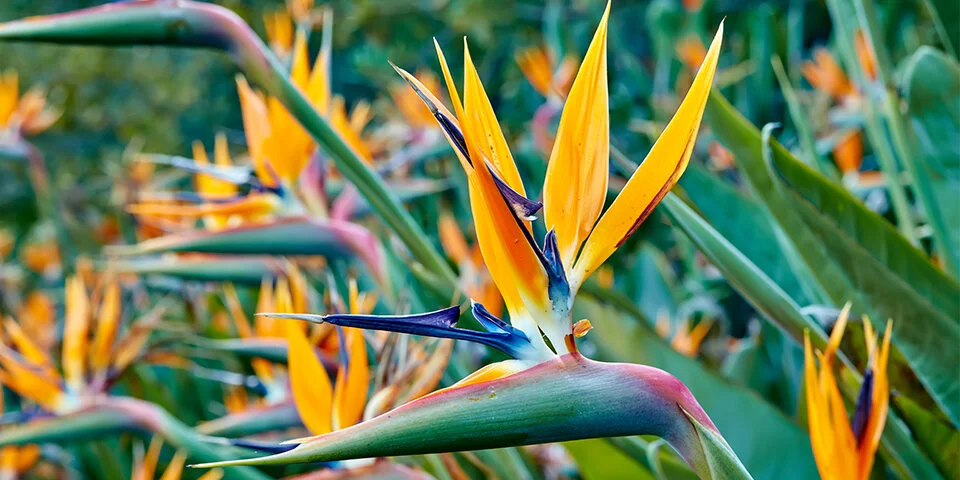You rarely see English peas in their pods at the supermarket. Frozen peas aren't bad, and the bags are quite useful for icing sprains and bruises, but fresh peas are one of the great treats reserved for the home gardener.
When we began growing our own peas, we planted 'Tall Telephone,' which I still believe is unmatched for flavour. A March planting produced wonderfully in June but, by the second year, the vines were so attacked by mildew that we turned to other varieties. For a while we grew 'Green Arrow' and then 'Mr Big.' By the 1990s the problems with disease were so bad that we gave up on English peas and turned to snap peas, which were somewhat more tolerant. Ten years ago, I wrote enthusiastically in this column about the English pea, 'Legacy,' which showed good resistance to disease and amazing productivity, but it also failed after a year or so. Mildew was unsightly but didn't prevent the plants from producing some useful pods. The real problem was Fusarium wilt whose symptoms are disheartening. The plants germinate and appear to flourish until around the time the first flowers appear. Then, over a few days, the vines turn brown, beginning at soil level, and the plant soon dies or produces only a few undersized pods. The culprit is Fusarium oxysporum f. sp. pisi, which is subclassified into several races, notably races 1 and 2. I believe that our main problem is race 2, given the symptoms and the varieties that have proven susceptible. I think our past partial success with varieties like 'Legacy,' 'Bolero,' and the snap pea, 'Cascadia,' can be attributed to their resistance to race 1, and our subsequent failure to their susceptibility to race 2. It persists in the soil for years, so crop rotation is not likely to be effective in a small home victory garden.
Most of the seed catalogues don't tell you anything about whether their varieties are disease-resistant, or they describe them as resistant without specifying which of the many plant ailments they tolerate. If you want information about resistance, you're more likely to find it at sites catering to commercial growers.
This year we were more successful with 'PLS 560,' though some of the plants withered during the warm weather of May and June. We are growing it again with no evidence of disease, but that may be in part because we planted in a bed where we have not grown peas before. We are growing 'Bolero' successfully in the same bed. I have read that Fusarium requires soil temperatures above 70° to flourish, and we have certainly had more trouble with wilting in April to June.
This is the first time we have grown a pea that is resistant to both race 1 and race 2. 'PLS 560' is an 'afila' variety whose vines have many tendrils and only a few leaves. They are favoured by growers because the tendrils intertwine so that the vines support each other, saving labour costs. I'd also give PLS 560 high marks for flavour. You can get it from Territorial Seeds.
The only other hybrid resistant to both races of Fusarium wilt that I can find in quantities suitable for the home gardener is PLS 566, sold by Harris Seeds. I haven't tried it yet but plan to do so.
